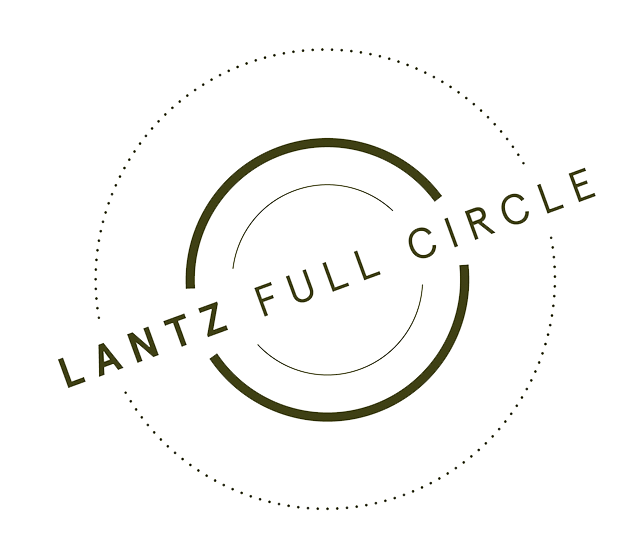Leadership in Environmental and Energy Design
The (Almost) All-American Home has been awarded LEED® Platinum as established by the U.S. Green Building Council and verified by the Green Building Certification Institute (GBCI). Platinum is the highest certification level and is earned only by the top performing buildings. LEED is the nation's preeminent program for the design, construction and operation of high performance green buildings.
The (Almost) All-American Home achieved LEED certification for energy use, lighting, water and material use as well as incorporating a variety of other sustainable strategies. By using less energy and water, LEED certified buildings save money for families, businesses and taxpayers; reduce greenhouse gas emissions; and contribute to a healthier environment for residents, workers and the larger community.
"The (Almost) All-American Home's LEED certification demonstrates tremendous green building leadership. The urgency of USGBC's mission has challenged the industry to move faster and reach further than ever before," said Rick Fedrizzi, President, CEO & Founding Chair, U.S. Green Building Council. "The work of innovative building projects such as The (Almost) All-American Home is a fundamental driving force in the green building movement. This project efficiently uses our natural resources and makes an immediate, positive impact on our planet, which will tremendously benefit future generations to come. While climate change is a global problem, innovative companies like Lantz Full Circle are addressing it through local solutions."
LEED Platinum certification of The (Almost) All-American Home was based on a number of green design and construction features that positively impact the project itself and the broader community.
These features include:
- 99% of demolition waste reused or recycled
- Uses highly durable and locally-sourced materials and American-made products and appliances, including local stone walls, terrazzo floors, metal siding, and reclaimed wood
- Deep roof overhangs protect exterior sheathing and reduce energy cost
- Short north/south axis to minimize the harsh solar exposure
- Efficient small duct, high velocity air system reduces energy consumption and humidity
- Zigzag ceiling shape improves acoustics and cooling
- North windows are most abundant as the best natural light source
- South-facing windows are fully shaded in summer and allow sun in during winter months
- Evacuated solar tube collects sun’s heat for domestic hot water and pool heating
- 1400 gallon water tank collects rainwater to irrigate food garden
- 650 square feet of raised edible garden space
- 100% LED lighting reduces power demand and cooling load in Houston’s hot-humid climate
- Thin film photovoltaic power generation integrated intoroofing system: two arrays (3,600 kW and 2,160kW)
- No conventional turf
- Native, drought-tolerant plants receive no irrigation
- 1000 square foot basement area provides naturally cooled space with mechanical room centrally located
- Roof terrace located over carport used as herb container garden
- HERS index of 33 by scored by independent appraiser, meaning home uses 67% less energy than a code-minimum home of the same size and shape
The Washington, D.C.-based U.S. Green Building Council is committed to a prosperous and sustainable future for our nation through cost-efficient and energy-saving green buildings.
With a community comprising 80 local affiliates, more than 18,000 member companies and organizations, and more than 167,000 LEED Professional Credential holders, USGBC is the driving force of an industry that is projected to contribute $554 billion to the U.S. gross domestic product from 2009-2013. USGBC leads an unlikely diverse constituency of builders and environmentalists, corporations and nonprofit organizations, elected officials and concerned citizens, and teachers and students.
Buildings in the United States are responsible for 39% of CO2 emissions, 40% of energy consumption, 13% water consumption and 15% of GDP per year, making green building a source of significant economic and environmental opportunity. Greater building efficiency can meet 85% of future U.S. demand for energy, and a national commitment to green building has the potential to generate 2.5 million American jobs.
The U.S. Green Building Council's LEED green building certification system is the foremost program for the design, construction and operation of green buildings. Over 100,000 projects are currently participating in the LEED rating systems, comprising over 8 billion square feet of construction space in all 50 states and 114 countries.
By using less energy, LEED-certified buildings save money for families, businesses and taxpayers; reduce greenhouse gas emissions; and contribute to a healthier environment for residents, workers and the larger community.
USGBC was co-founded by current President and CEO Rick Fedrizzi, who spent 25 years as a Fortune 500 executive. Under his 15-year leadership, the organization has become the preeminent green building, membership, policy, standards, influential, education and research organization in the nation

